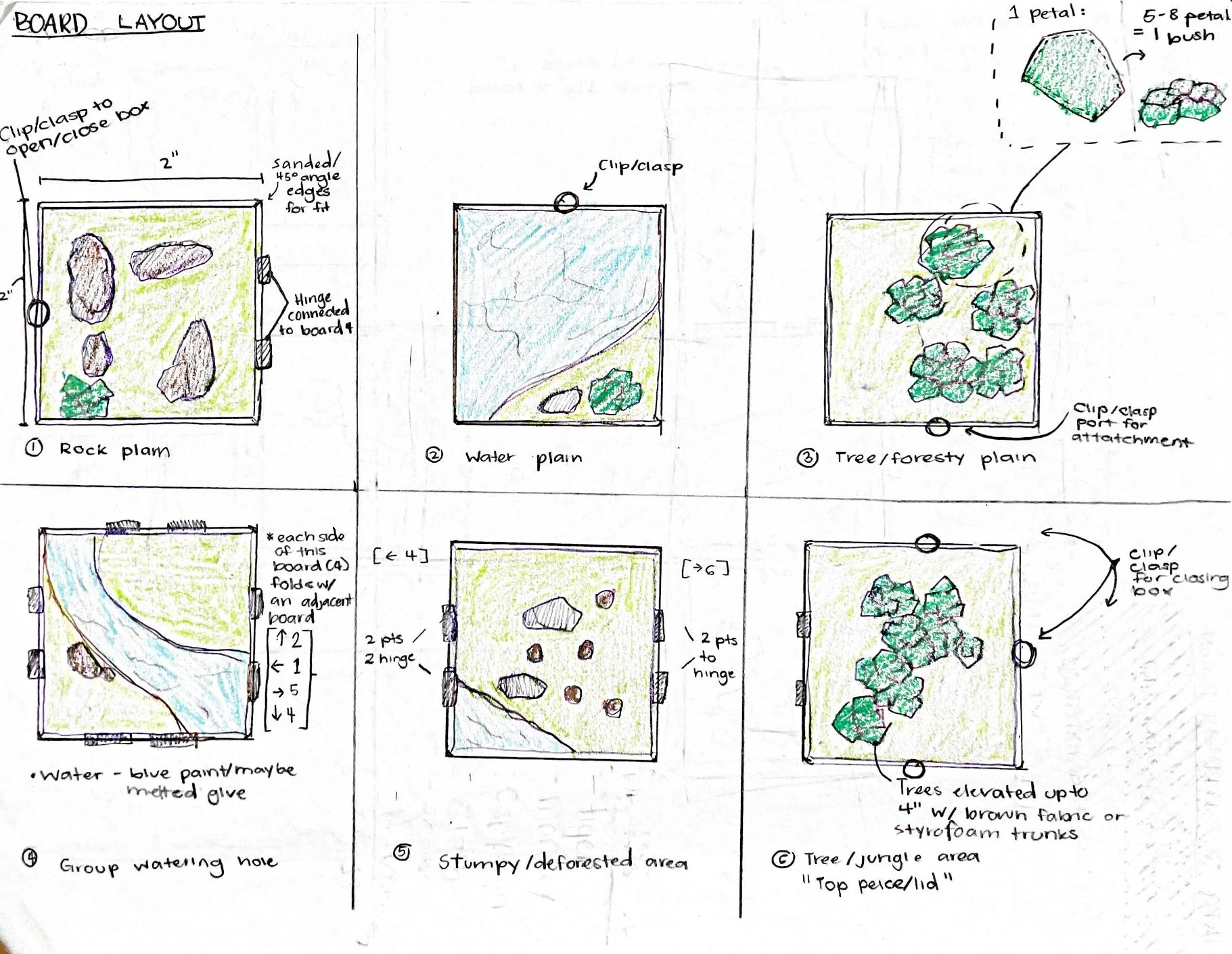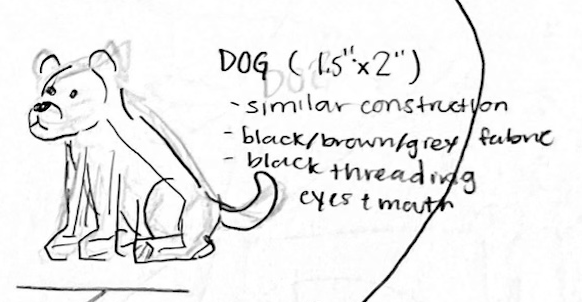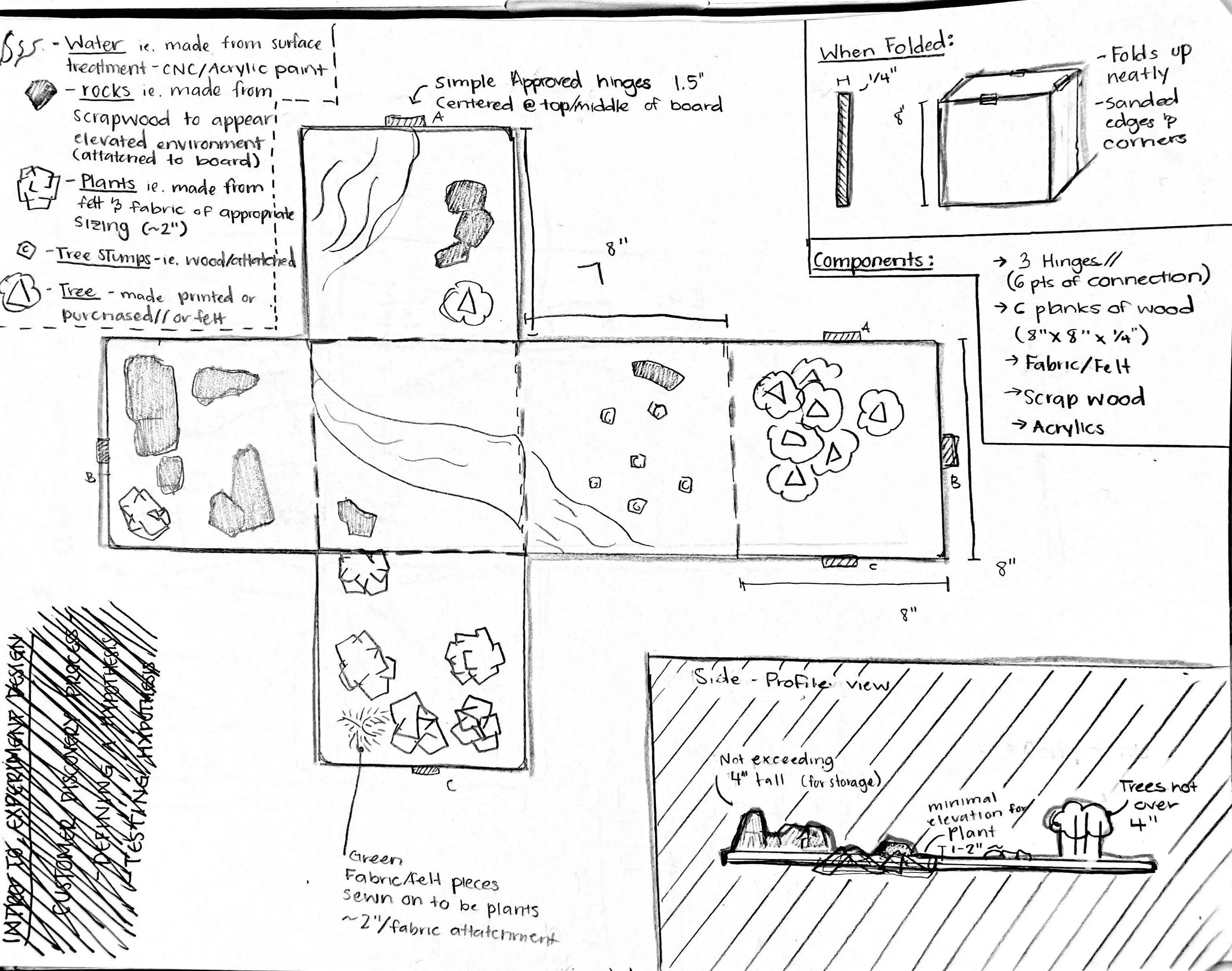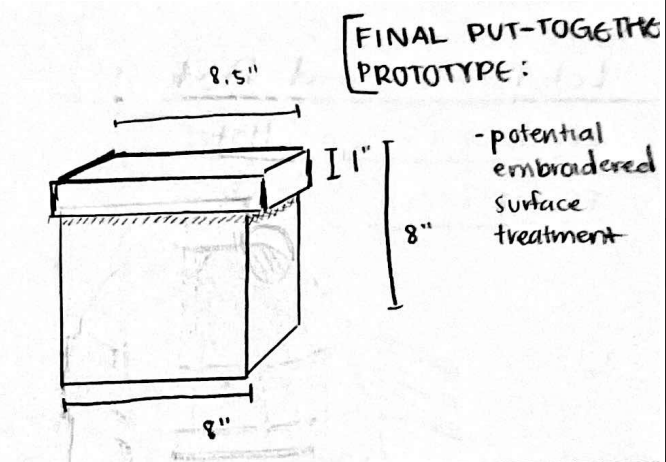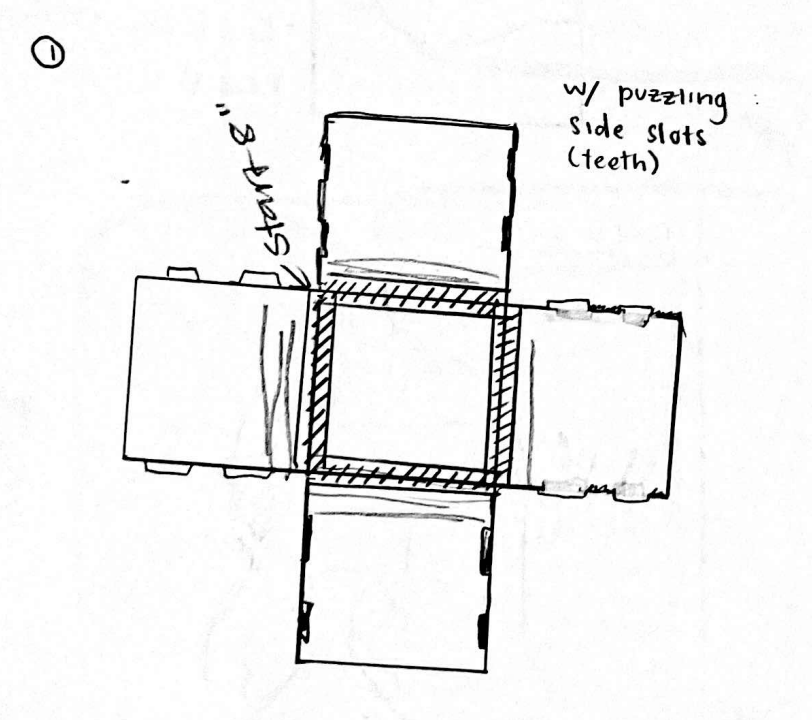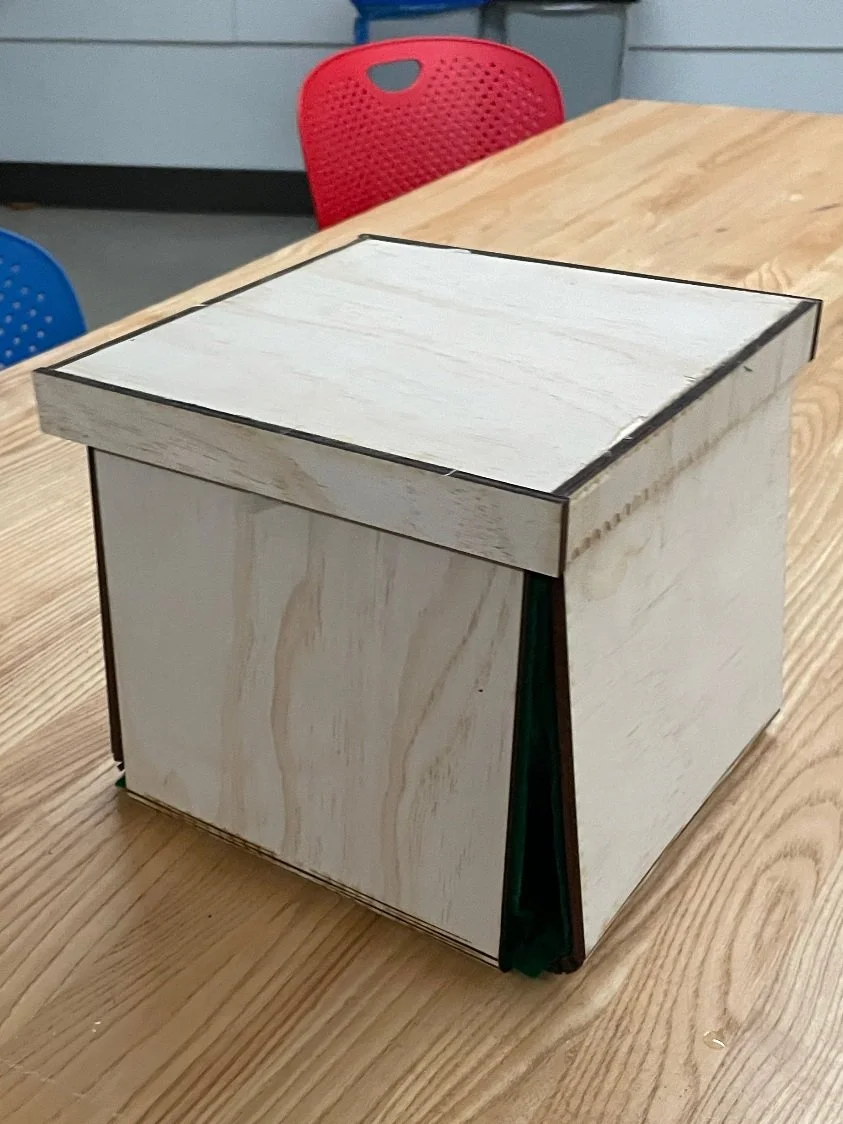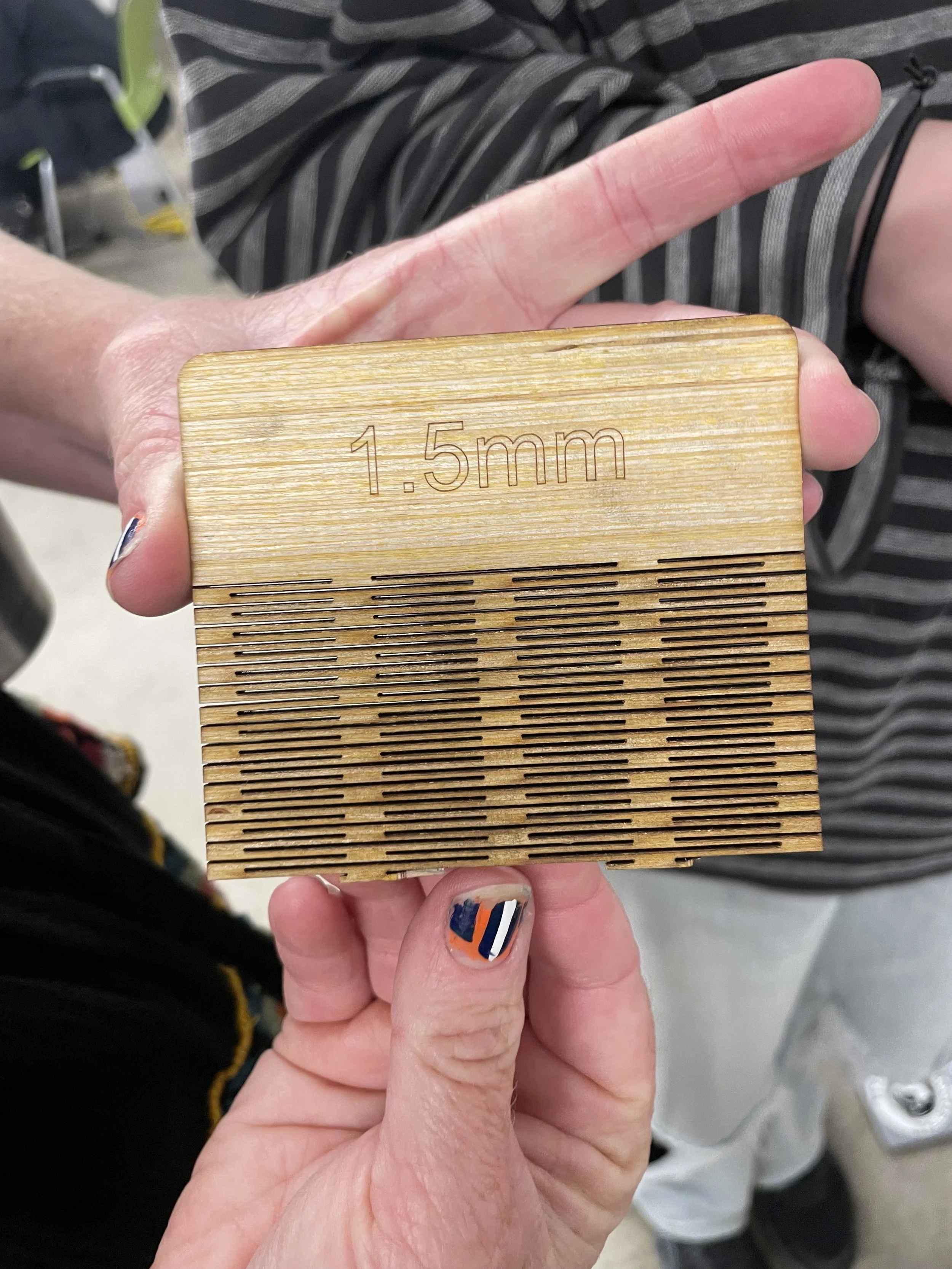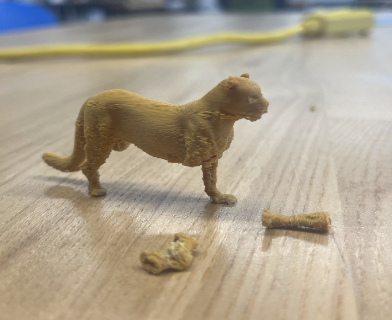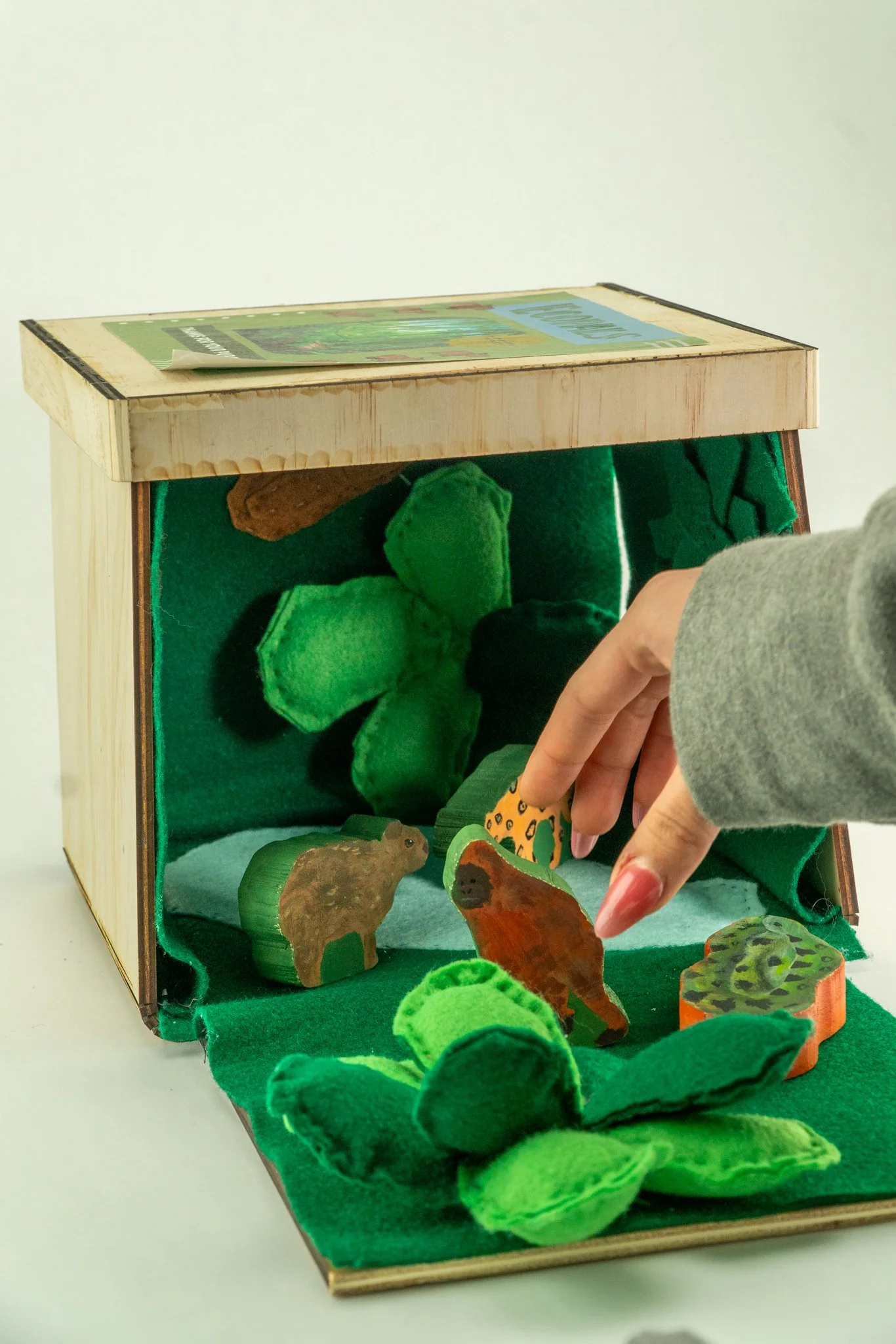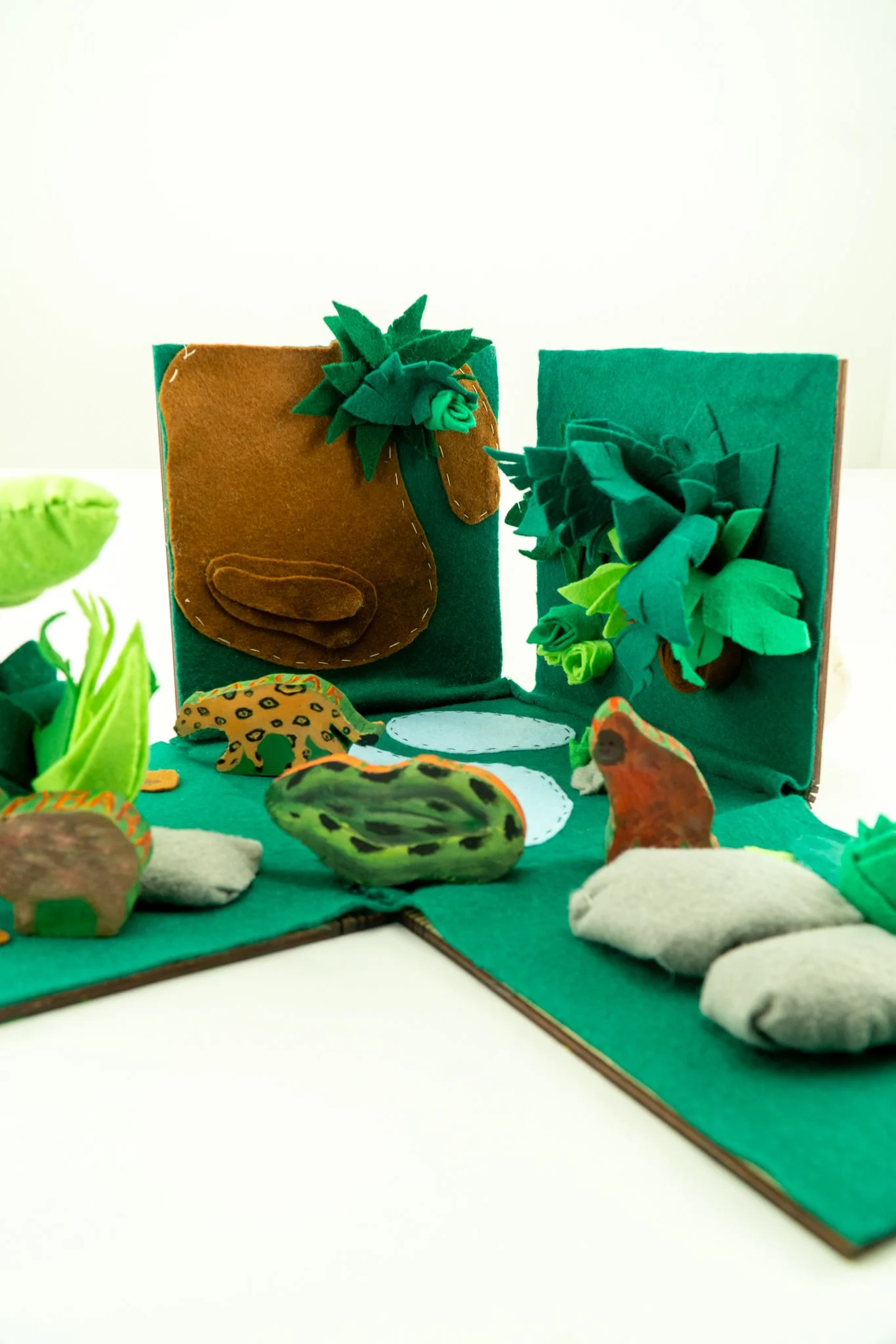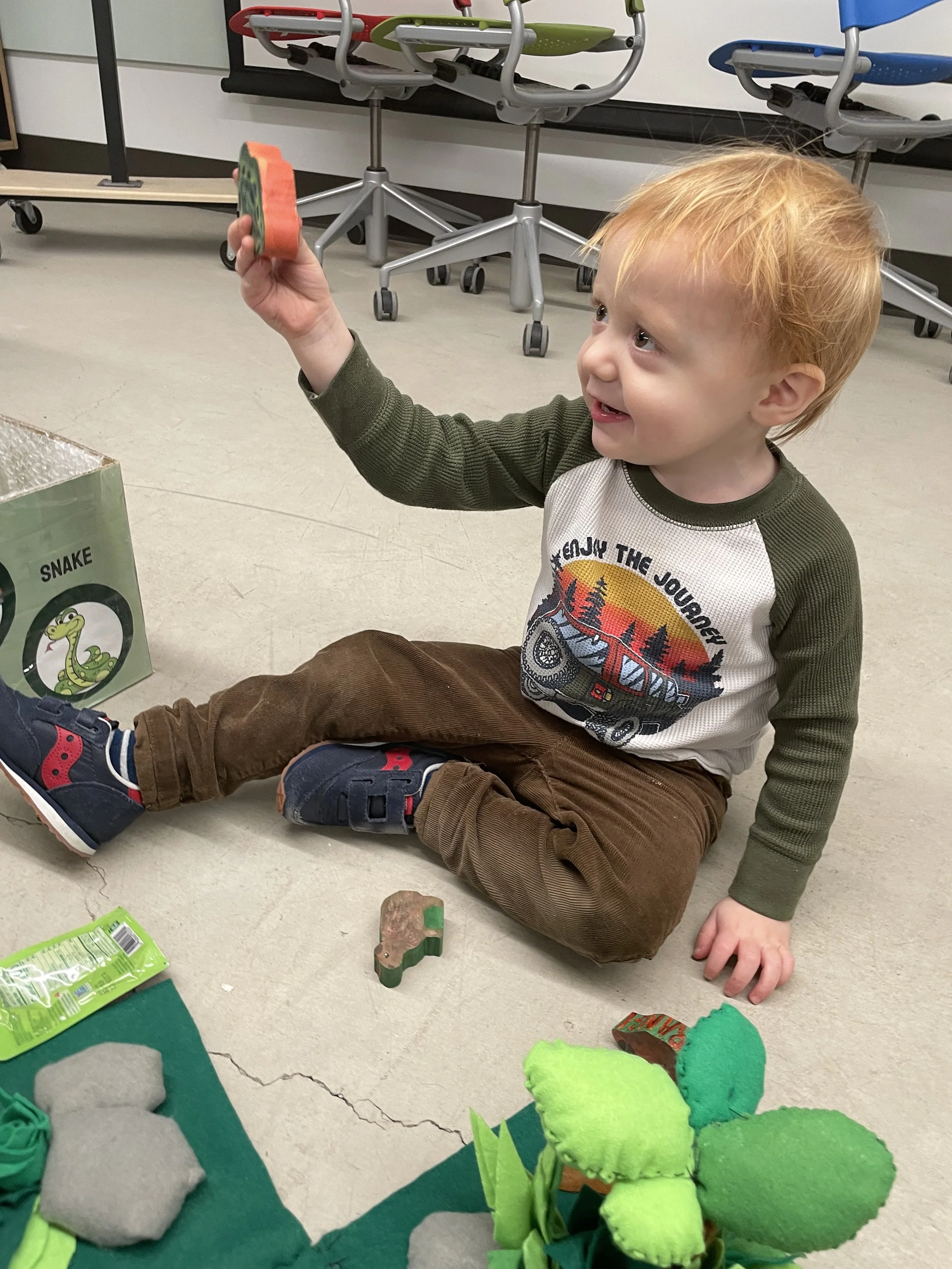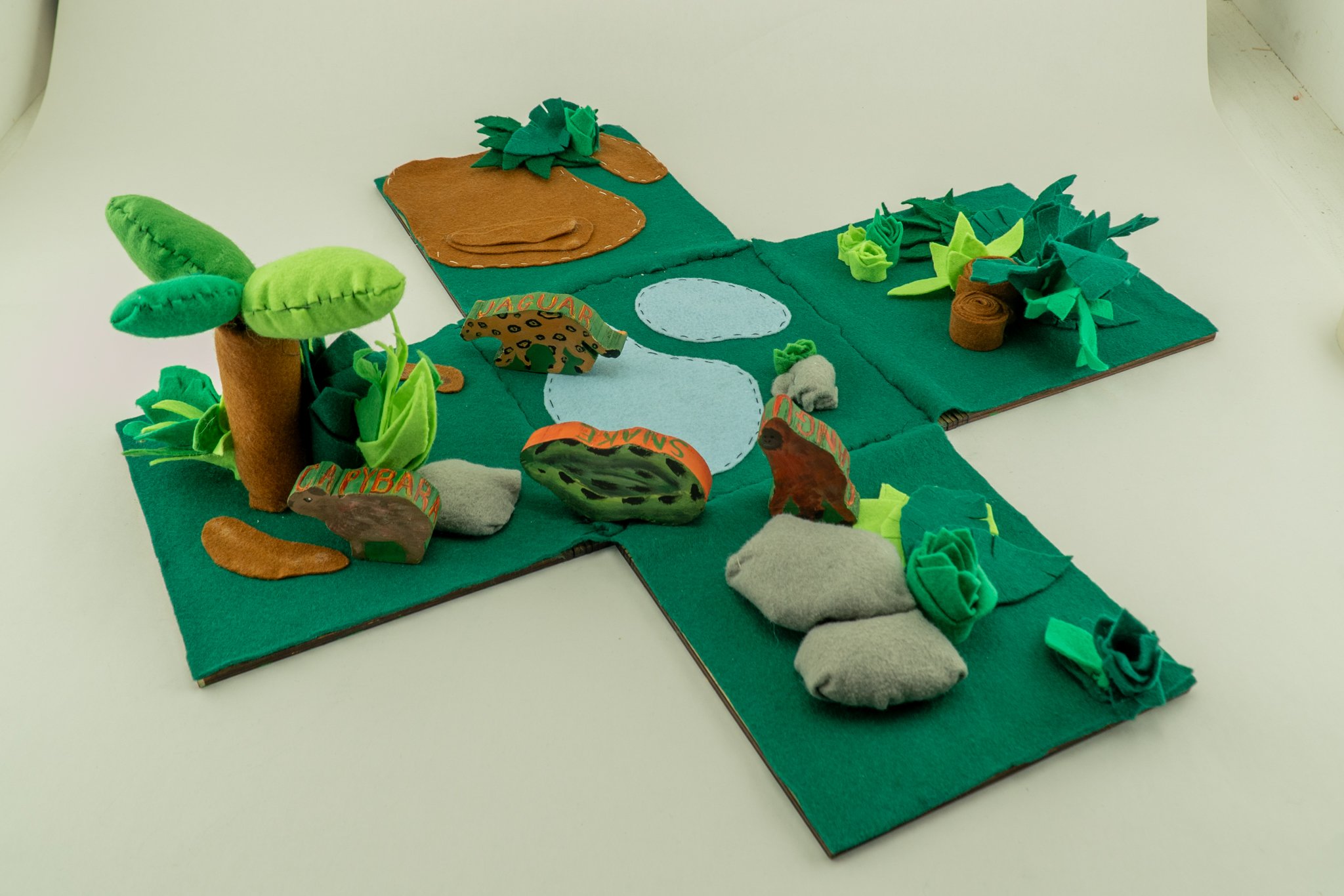
A fully manifested toy/children’s product - Including all the steps from ideation & brainstorming to packaging and promotion.
Product Breif:
Problem Statement: Most parents expect their children to be able to walk, talk, sing, count, and recite their ABC’s before they enter elementary school. A growing demand is being placed on infants and toddlers to develop their cognitive abilities and fine motor skills during the first 3 years of life. As a child approaches 2 years of age they are beginning to explore the world around them, and quickly develop cognitive skills. Use this curiosity to engage the child and teach key developmental skills.
Design Statement: Design, market, and test a multi-use educational toy that teaches a developmental skill.
Target Customers : 2-5 Year old Infants & their parents (the purchasers)
Constraints: Visually stimulating to a child, contains multiple shapes, numbers and letters, meets all health and safety codes, easy to clean, weighs less than 4 lbs, retail cost under $40, no Bigger than 12” x 12” 12”, not easily breakable
Initial Research Stages
Tons of Background Research:
Constructing a product from scratch necessitates a ton of background research in order to execute. We interviewed patrons, and conducted literature reviews and cross cultural comparisons. Our primary mode of research was literature review - as we spent a lot of time researching common toys for our target age demographic (24-72 months), what variety of children’s toys dominate the market, and what developmental stages a child is going to go through around this age.
Other topics of interest include - Market Research (how much money is there in toys? What is a standard WTP for a similar toy?), Branding Research (how do competitor toy brands market to consumers?), Personas (who’s buying the toy?) etc.
Important Initial Considerations:
Customer Profile:
Profile - 24-48 month old, very tactile, small, playful, curious, interested, Messy, clumsy, growing really fast, fragile.
CONSIDER - IMPORtANT CHILDREN’S MILESTONES
Is there a lifetime to your product?
Does your product follow all SAFETY GUIDELINES & REGULATIONS
Ideation & Brainstorming:
KIDS TOYS - CARS, STUFFED ANIMALS, ACTION FIGURES, BLOCKS, LETTERS, BRIGHT COLORS, LEARNING
Exploratory Research Stages…
Tons of Background Research:
Exploratory Stage Research Methods Used (Small Summary) - During our time with Jasper (our sample participant), we conducted the exploratory stage of our research using the following methods: Camera journals, focus groups, shadowing, ethnography, personas, market research, and retail research.
Research Through Testing:
Some of the aforementioned research methods were conducted through an artificial playtime we held in order to analyze the behaviors or our target customers. We were able to test using participant Jasper (2 year old) and his parents.
Deciding On a Product &
Starting our Prototyping:
Our group decided on creating Jungle Box Set. We wanted to make something interactive, aesthetic, fun, nature-based, and unique. Our consumers can unbox a world of their own when they open our product. They can explore different environments and creatively interact.
Brainstorming & Manifesting the Product
Now that we have the product brief, the research, and the idea, its time to execute. How do you make a product?
We made multiple sketches of our jungle play set. The sketches made included - freehand sketches, schematic sketches, orthotic sketches, and other concept renders. We envisioned a board that would open up into a beautiful environment, but when it came time for clean up, the play-set would fold nicely and neatly into itself.
BRANDING & IDENTITY
CREATING OUR BRAND
Our Brand Values
EcoPals has an environmentally friendly design. With materials such as recycled wood and cloth, our waste is as minimal as possible. We are seeking to raising a more aware and ethical generation. Nature-based. Handcrafted, recycled and responsibly-sourced. Moreover, our product is actually very sustainable in it’s production process - we were able to create 2 prototypes completely with free scrap materials; not to mention our stitching is done by hand and necessitates absolutely no energy output.
In addition to promoting recycling to our audience, EcoPals, and its brand identity seeks to promote education (we will teach your child about different animals and environments); and we want to encourage a more technology free line of creativity for our users. Parents can teach their children through the use of this toy.
Prototype #1
The first prototype was incredibly rough. Initially the biggest production obstacle was the board. We wanted it to be wood, because we wanted to present ourselves as a brand based on recycling. The board and base should have been one of the easiest parts; but it was the most time consuming. We needed it to fold, but we needed it to be light & thin, so we couldn’t drill a hole in the board. We decided upon CNC cutting a ladder design into the wood to serve as a joint. Then we CNC cut a couple parts for a lid, and assembled the prototype. The inside of the box was pretty bare, but we 3D printed some animals from the amazon, and that was our first concept prototype. The 3D files were very detailed, and they were sampled from tinkerthings, and thus did not fit the vision for our board. Overall - prototype 1 was informative, but very incomplete.
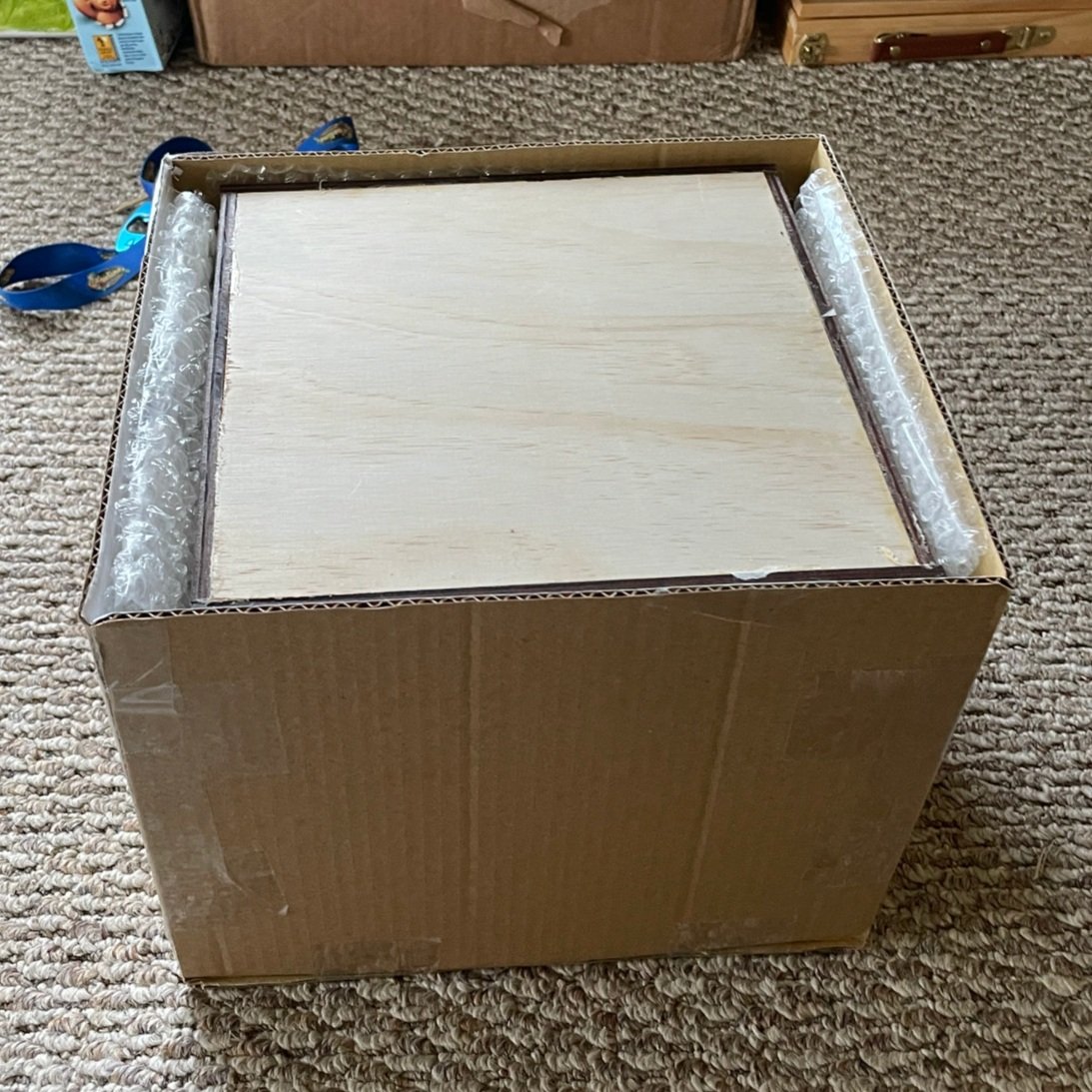
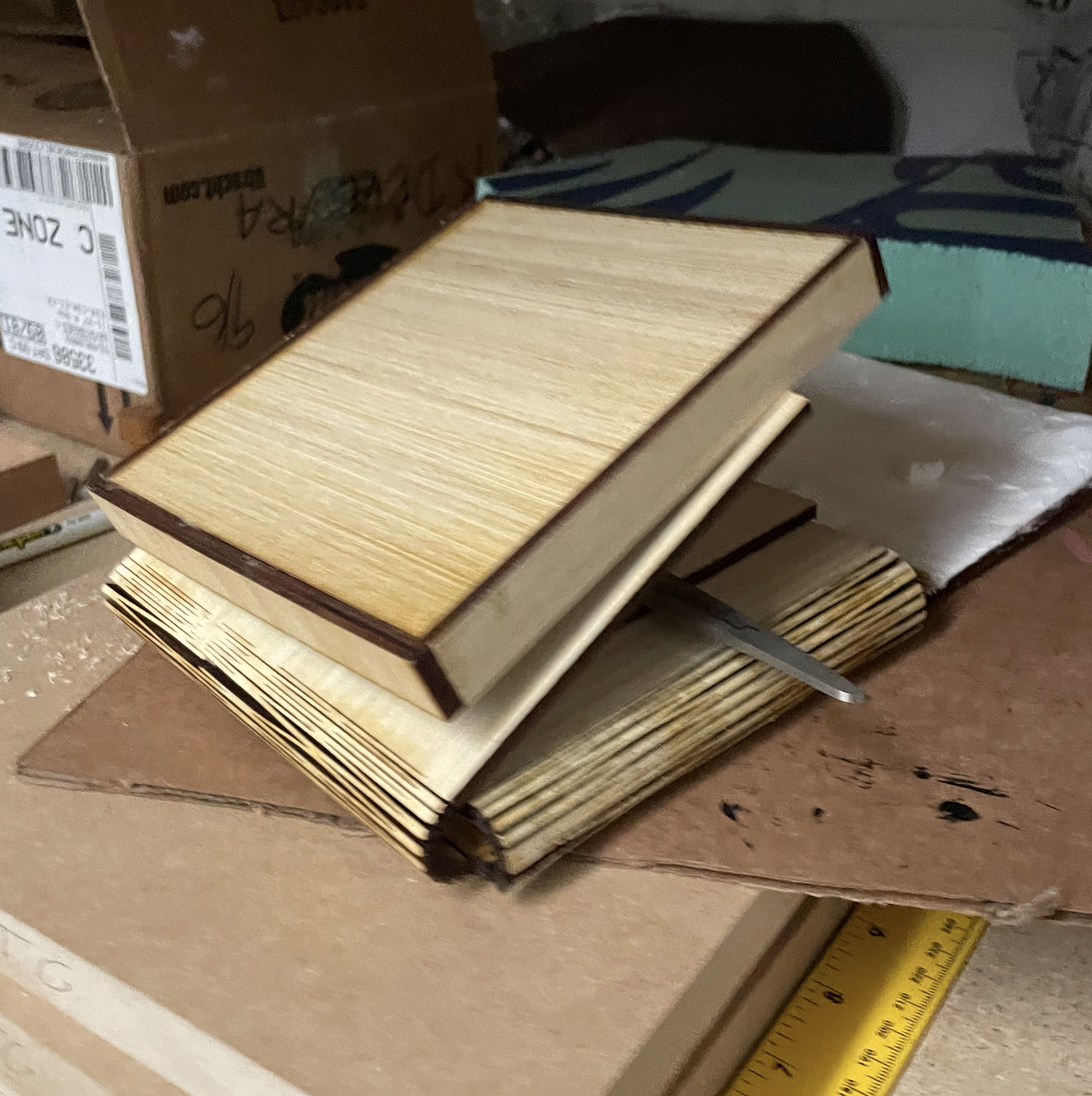
Prototype #2
This prototype was much better than the first. It was much more realized. We were happy with the folding mechanics that we found and just needed to improve the design visually in order to be more appealing as a product. Our next points of focus were packaging and revisiting the inside. - Decided upon after a feedback session.
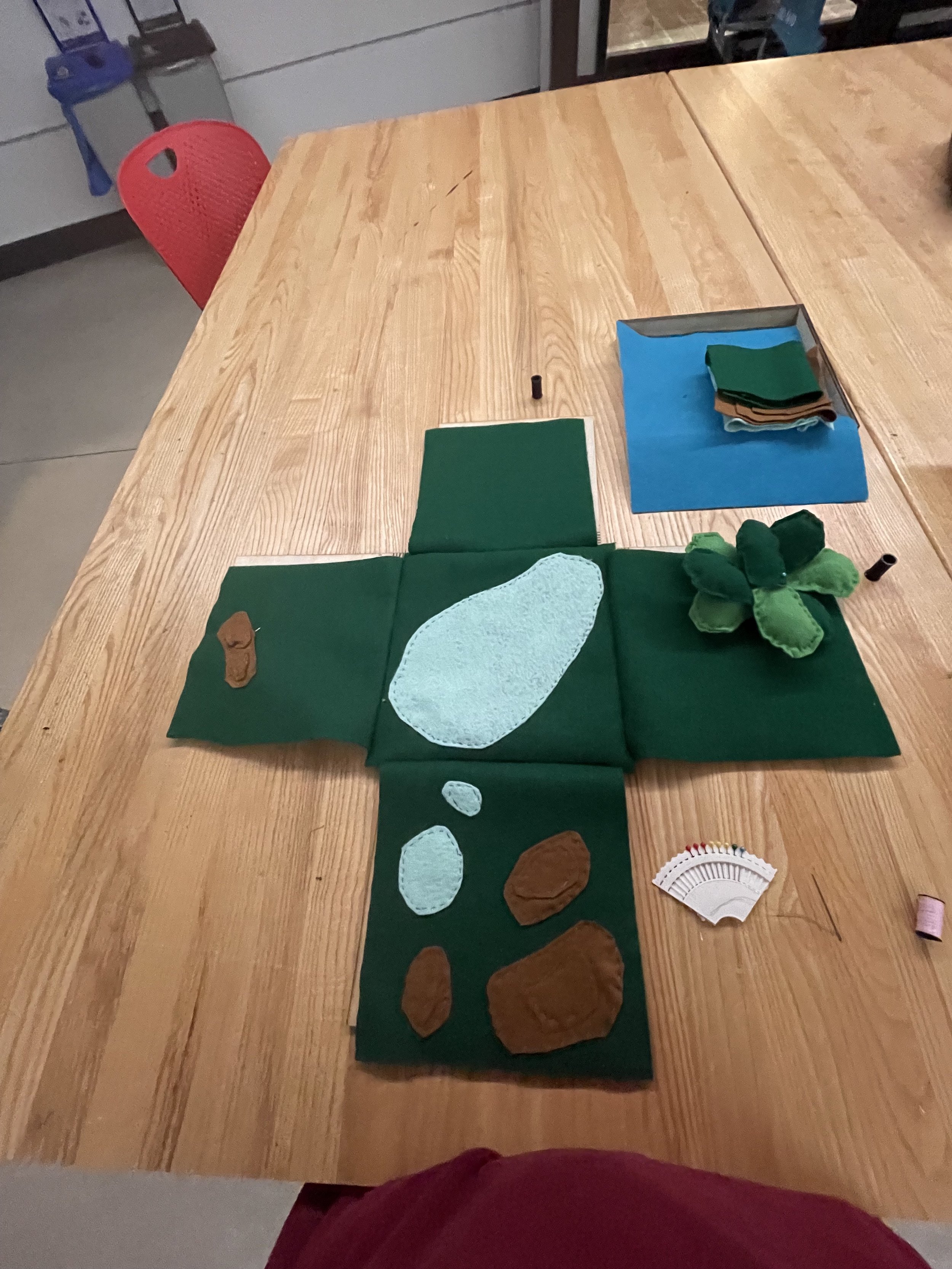
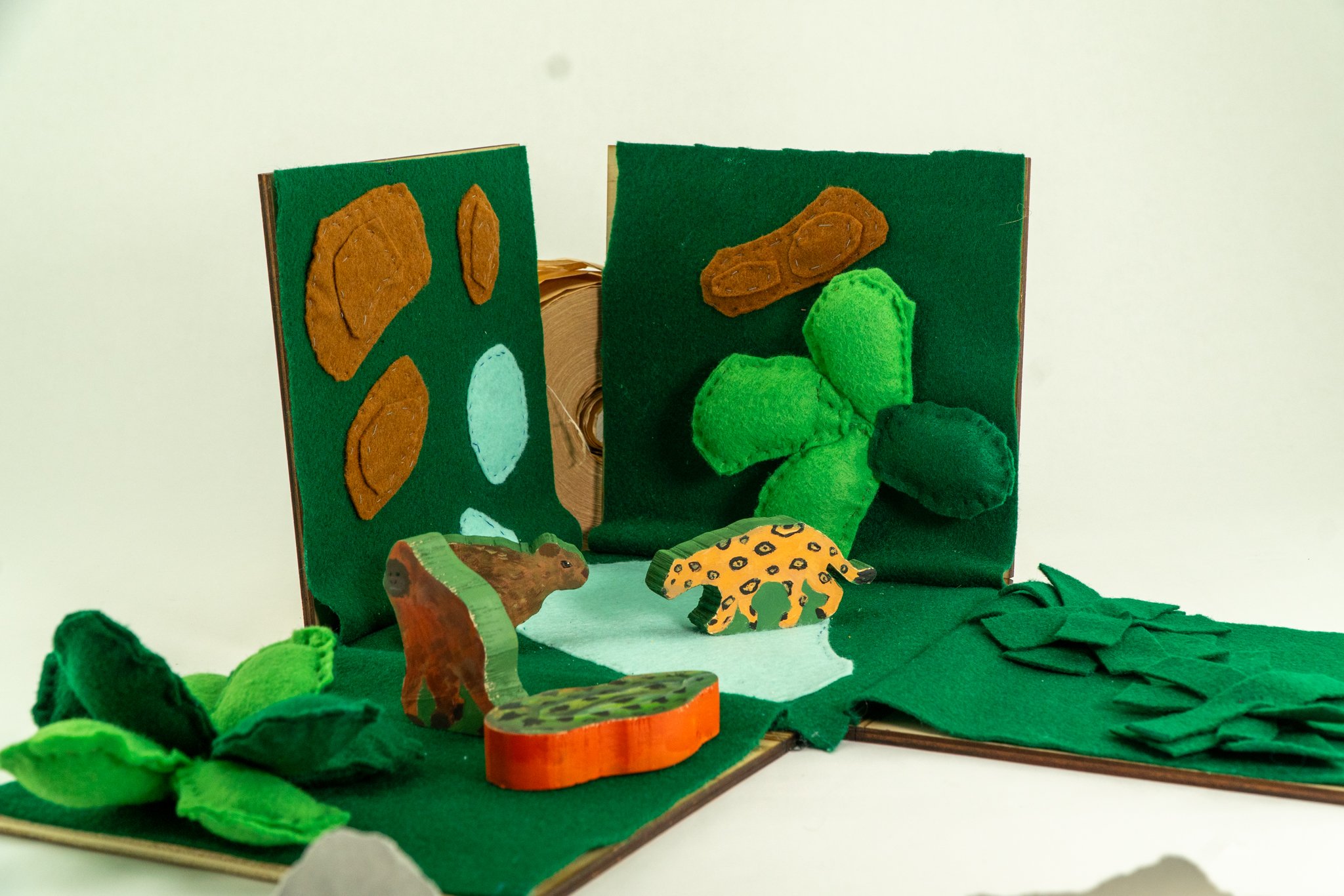

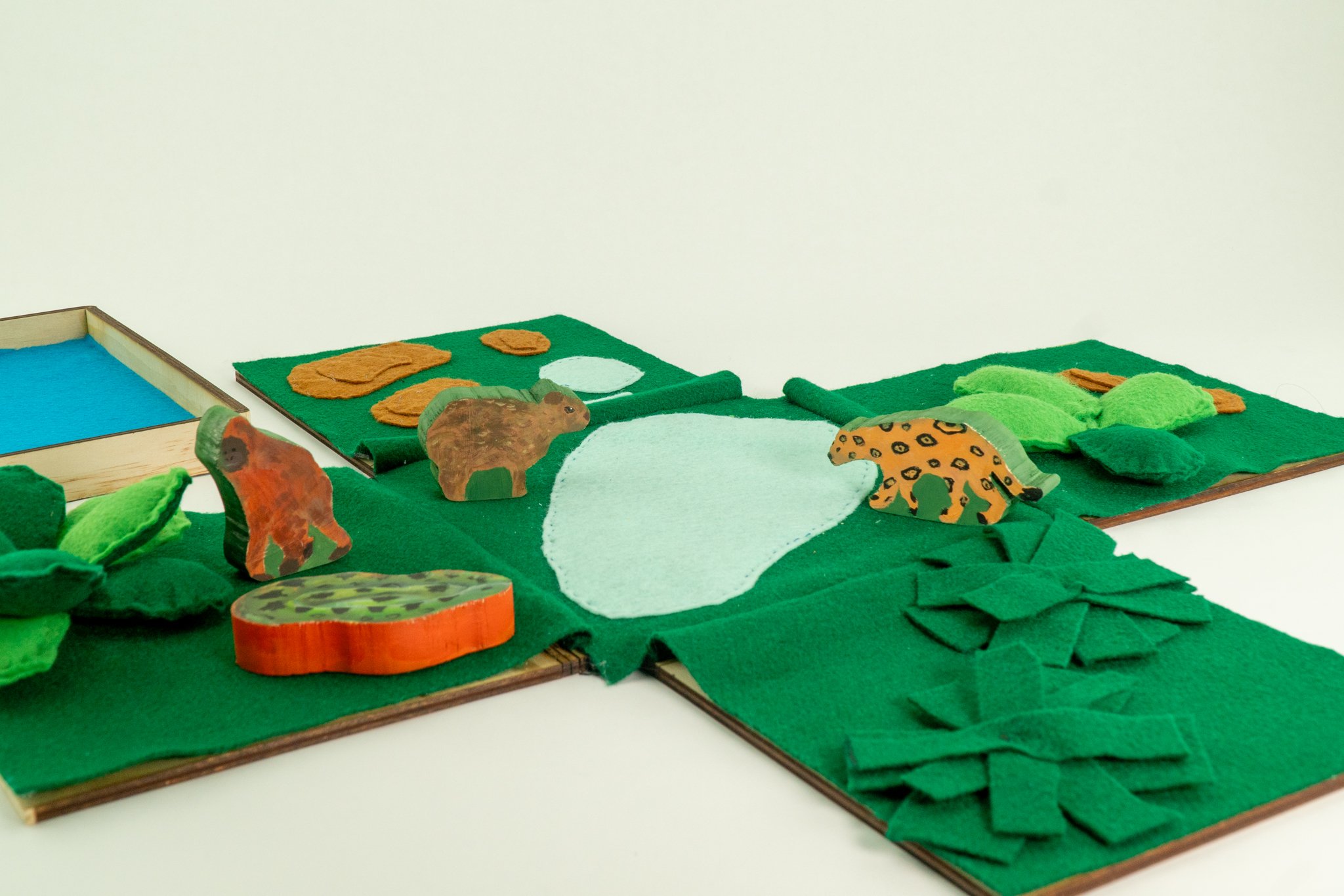
Considerations We Revisited:
Does it still adhere to Safety Rules & Regulations?
We found that after fleshing out 3 different prototypes, it had been a significant amount of time since we had revisited our background research. It is important to reference the research throughout. We checked if the paint used was non toxic - etc.
Will a child of our target demographic want to play with this? How do we make it pop?
We needed to just revisit the specific design aspects of some parts of the product. How do we design with a safe and recyclable material, but still make it representative of a ‘tree’ for example, and pretty. We needed to make the environment more interesting,
How do we set the WTP? Where does it fit in the Market?
When creating a product, you MUST consider cost, price, and customer WTP. We needed to make sure that our production costs did not exceed are assumed WTP. We found the WTP of similar toys to be about $70.99, especially with positive brand identities. This allowed us to confidently set our price at $50.99
Main changes made when revisiting the prototypes:
Our box itself was far too complicated in terms of production & manufacturing. Furthermore, we wanted to improve our animal figurines, and vitalize the board to make them more appealing. We want the environment to be more interesting and more beautiful.
The Final Product
The Final Product
The Final Product: (Made in collaboration with Natalie Wacker & Grace Kauder)
ECOPALS AMAZON JUNGLE PLAY-SET: FOLDABLE BOX SET
$50.99
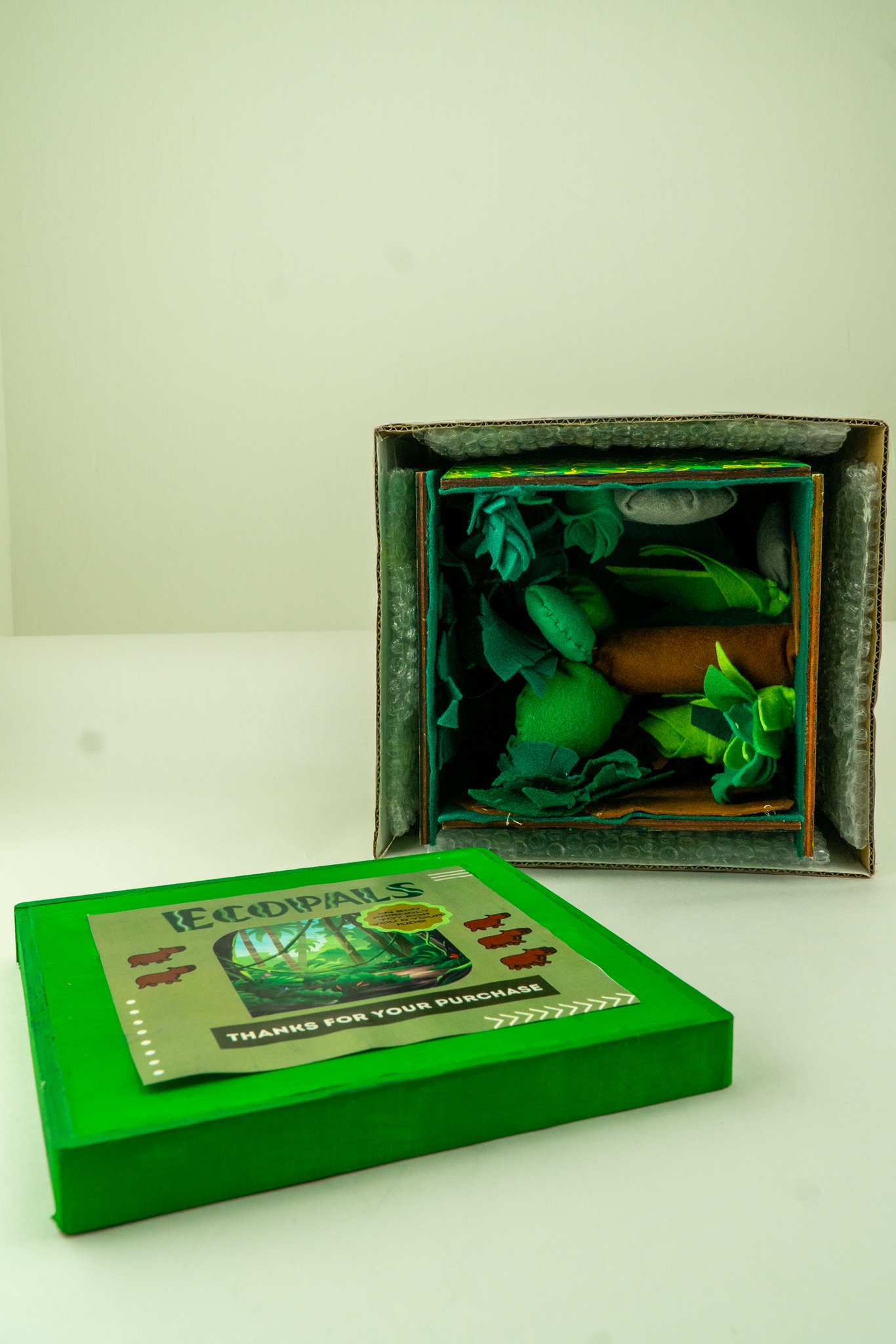
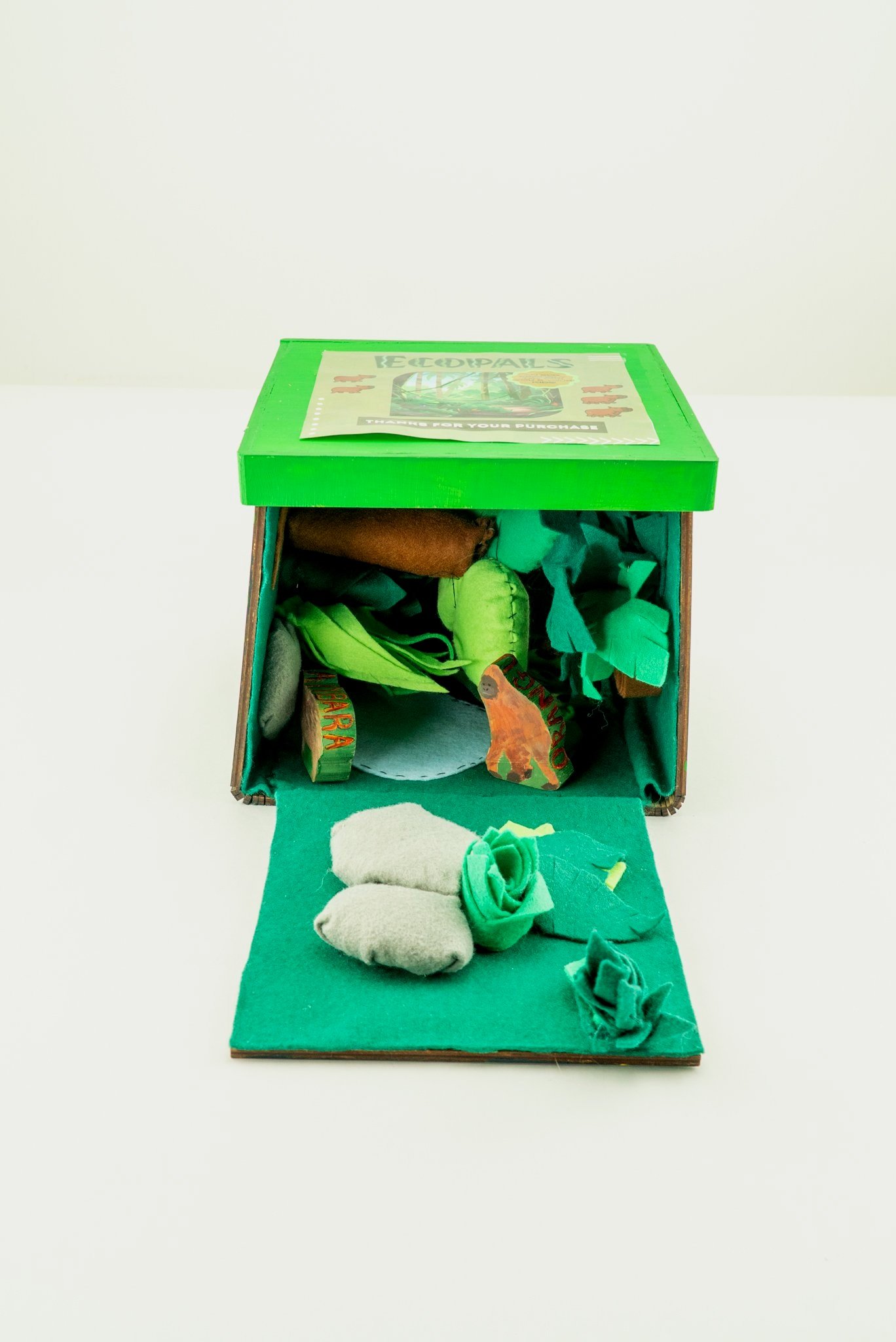
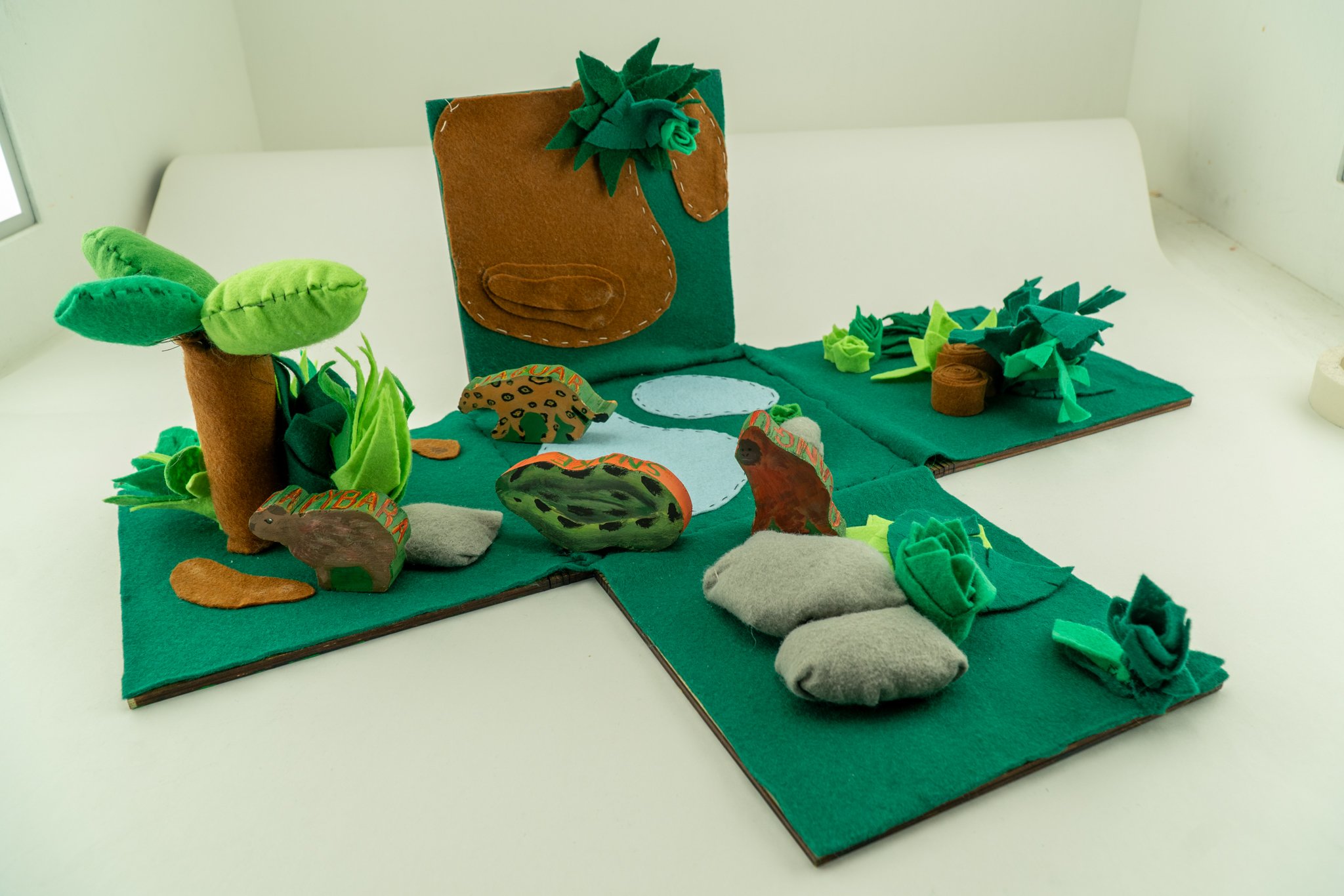
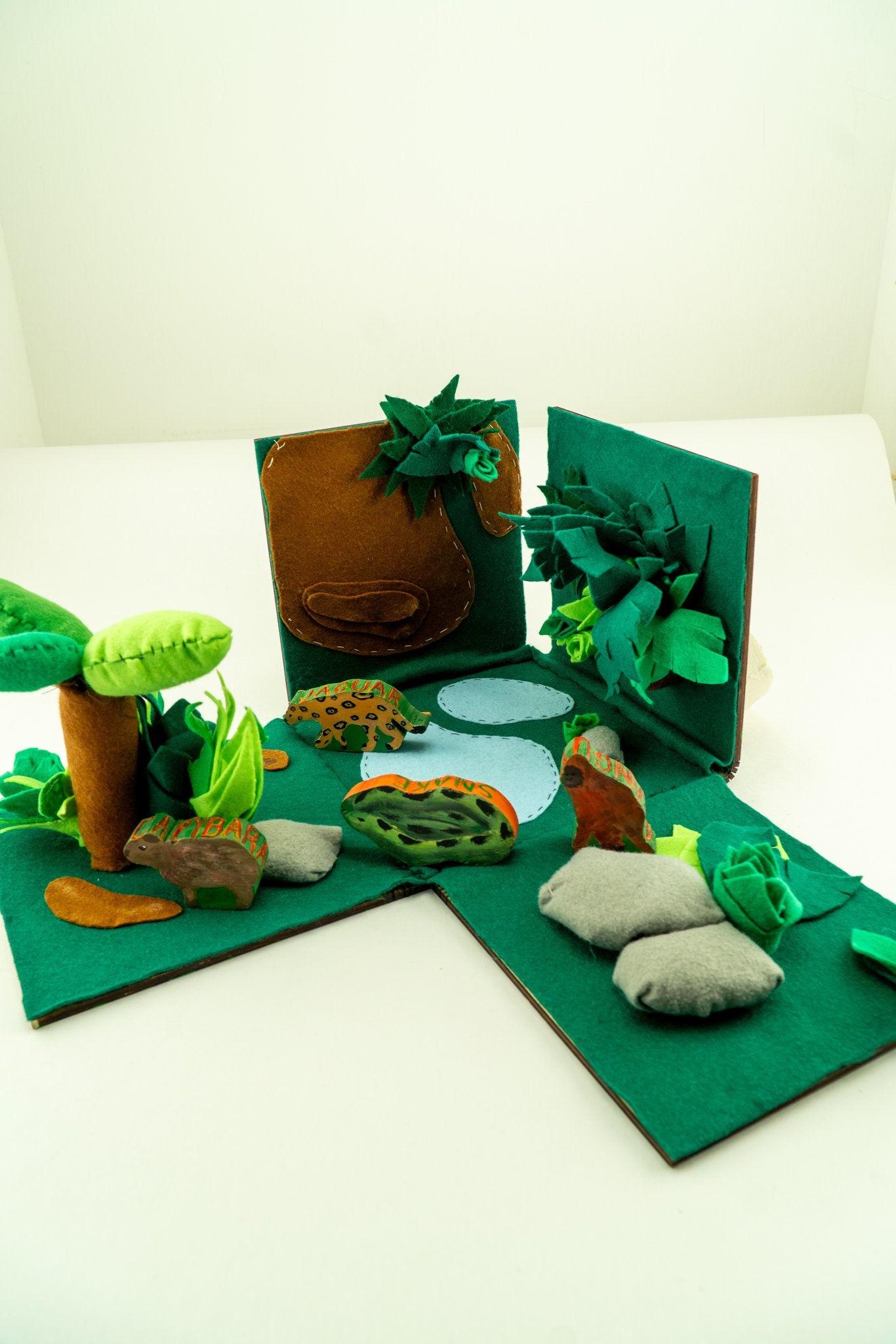
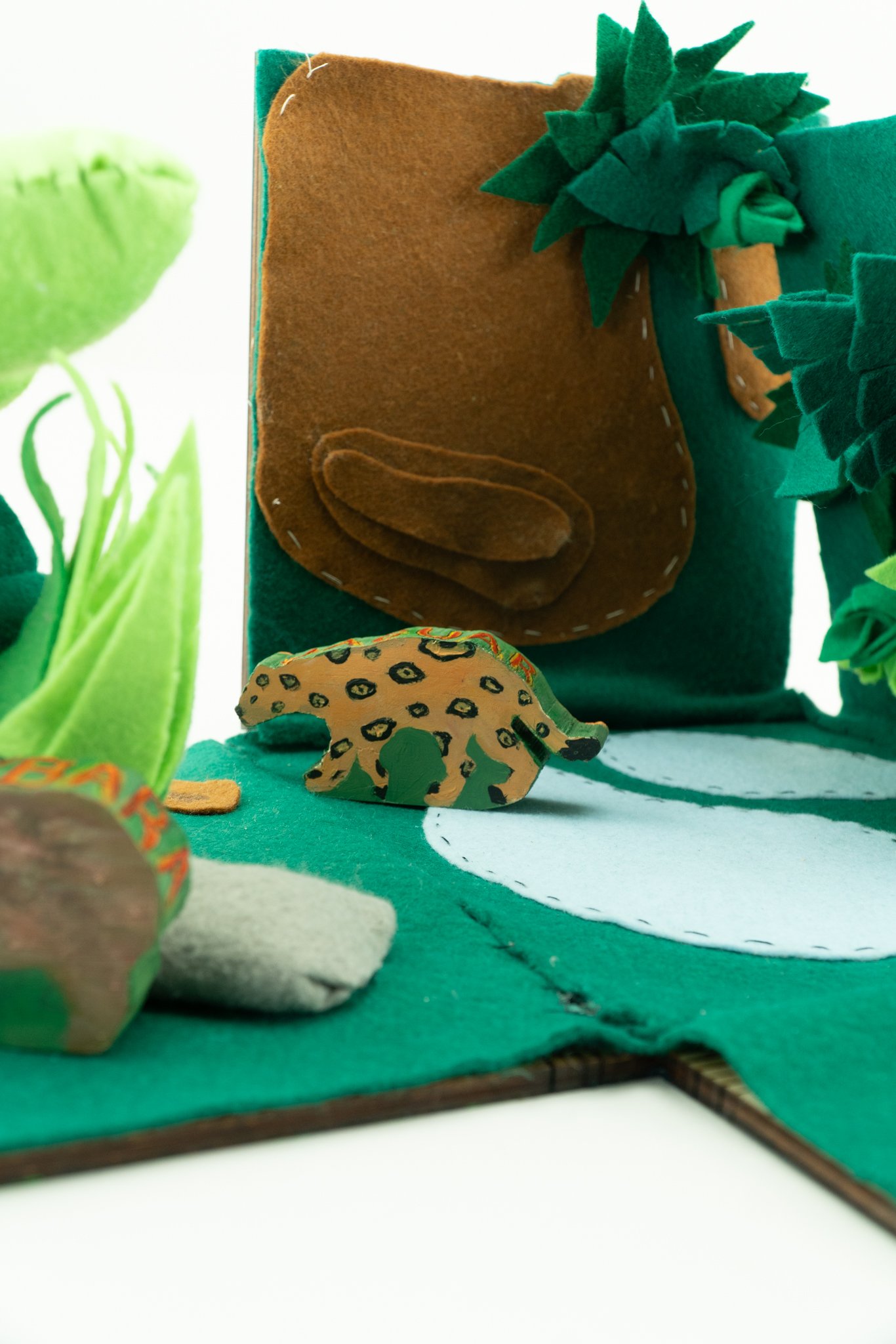
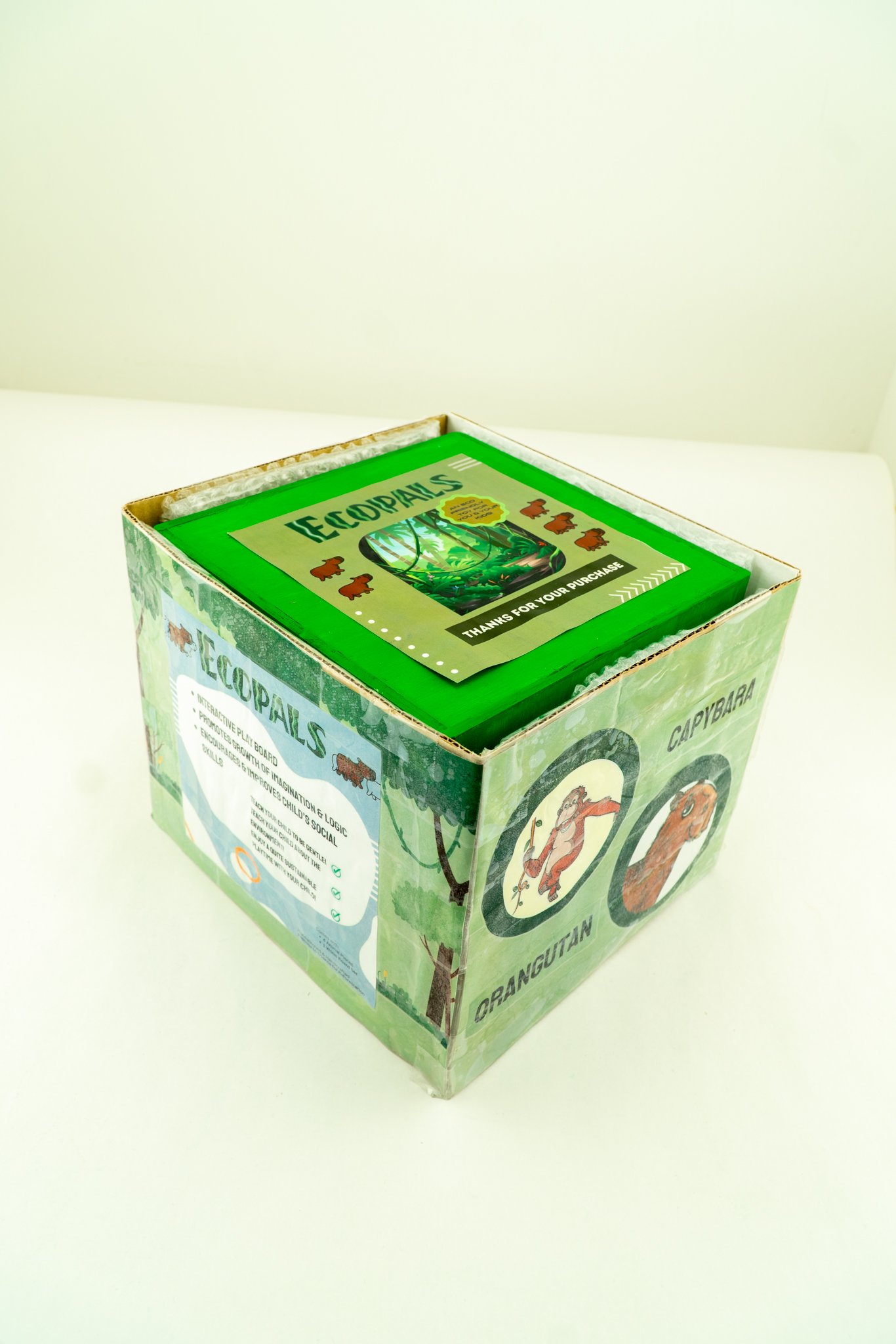
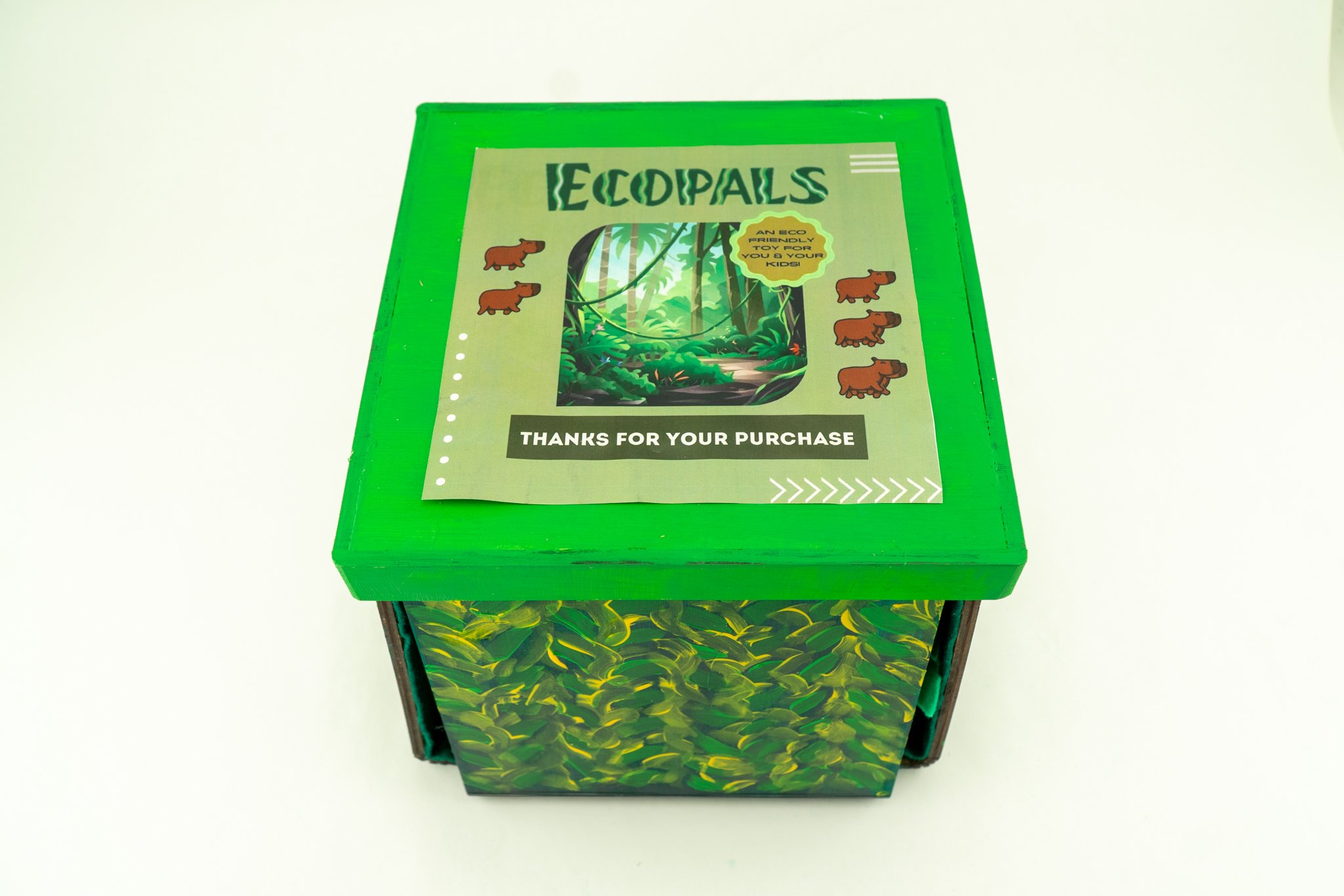

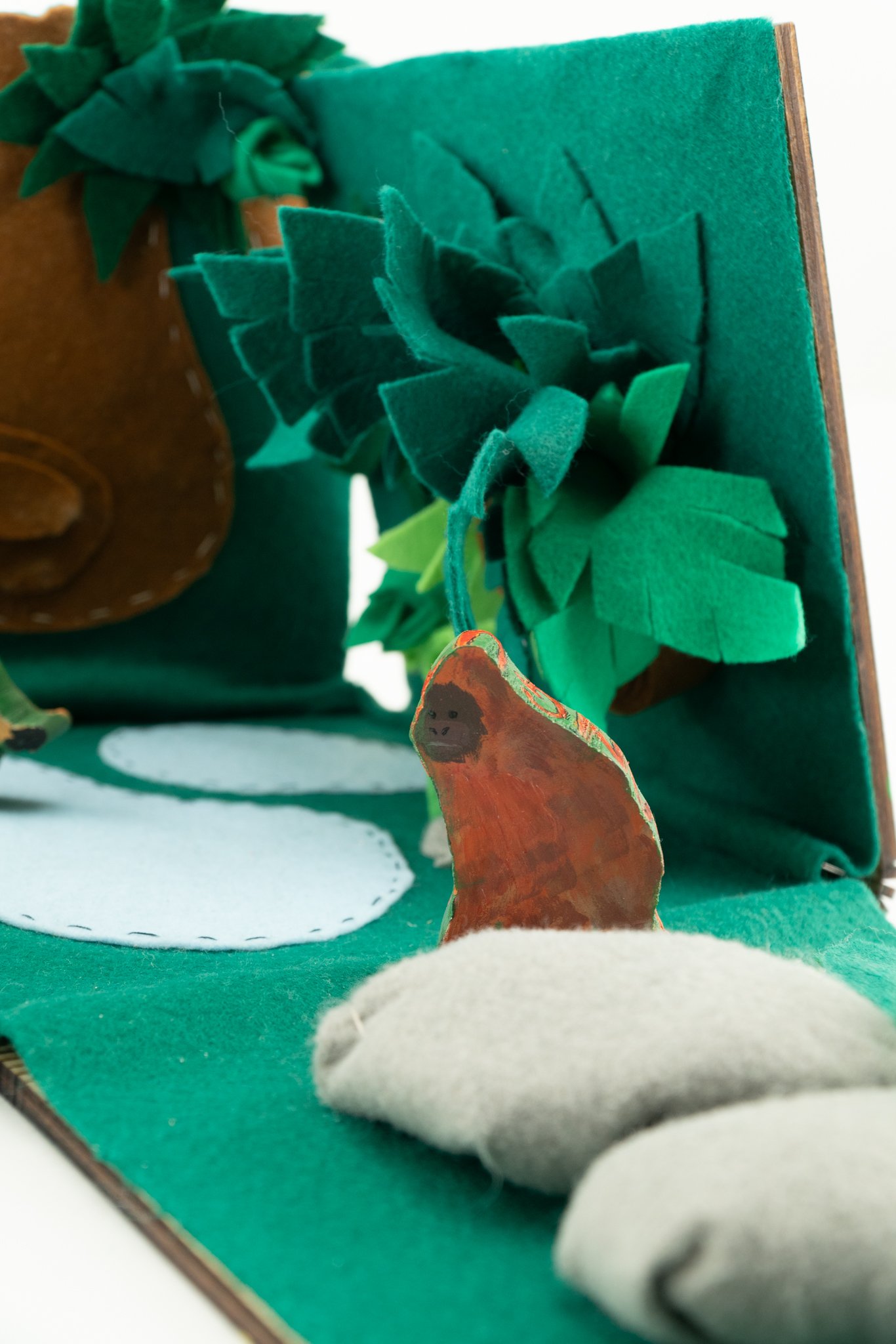
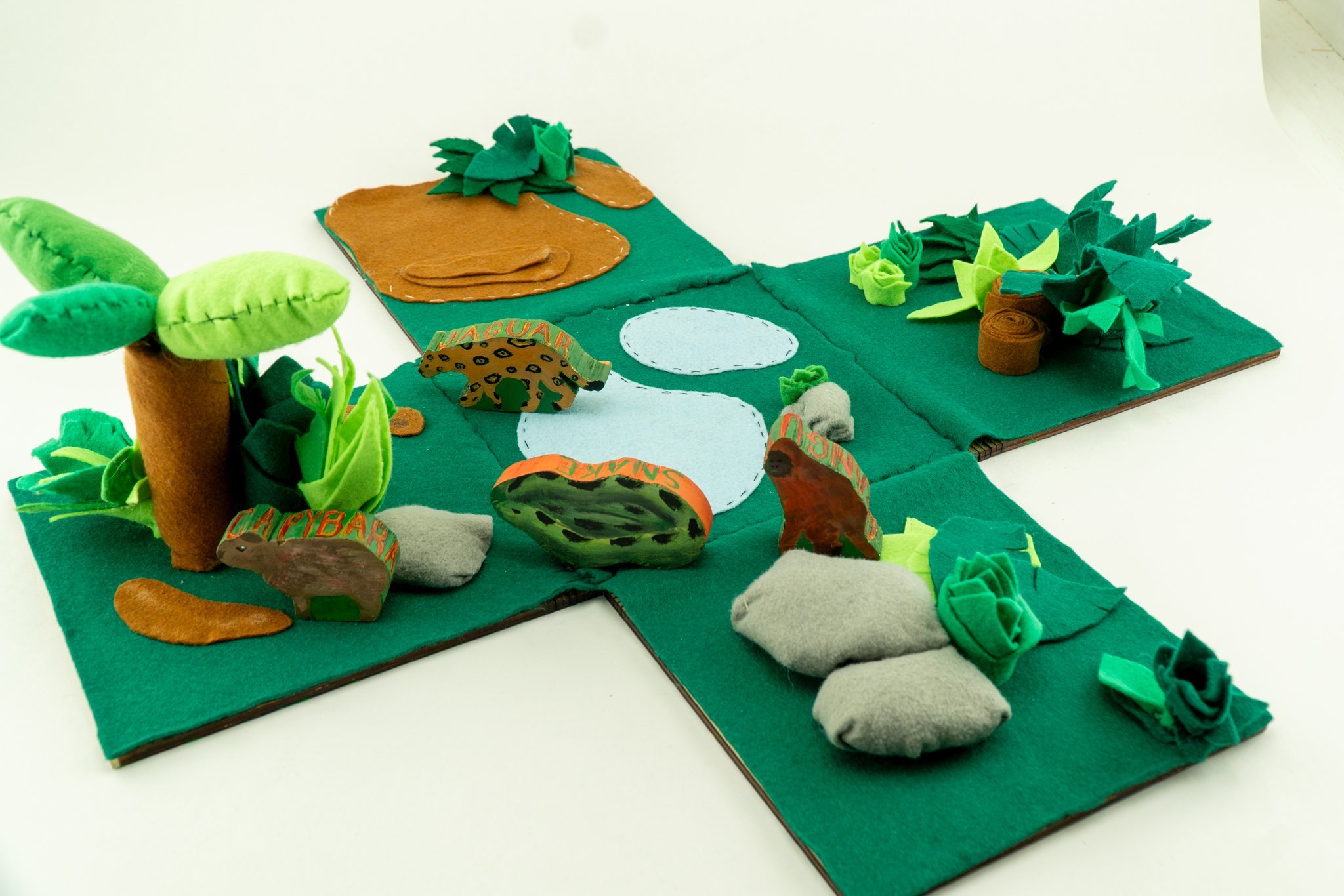
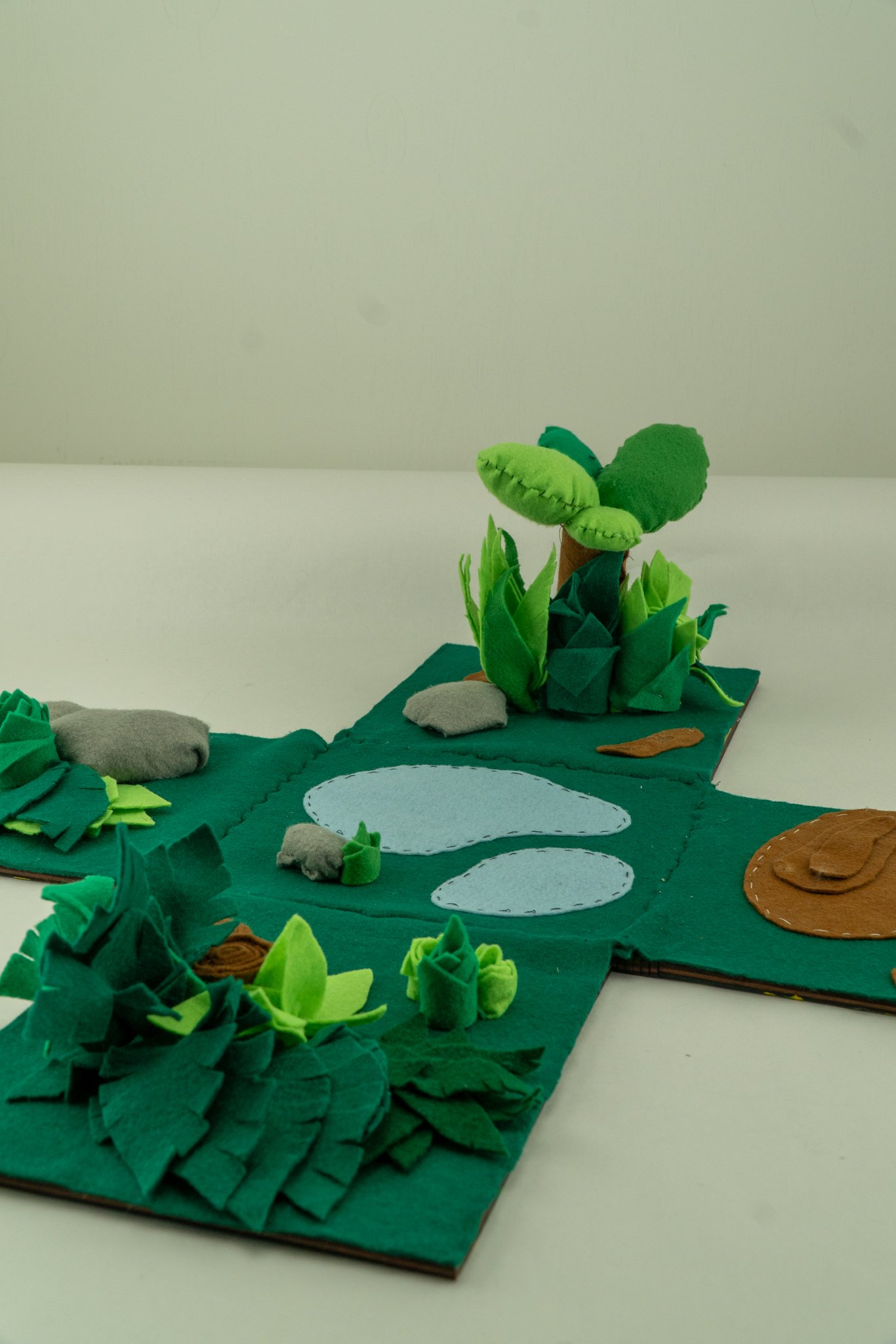
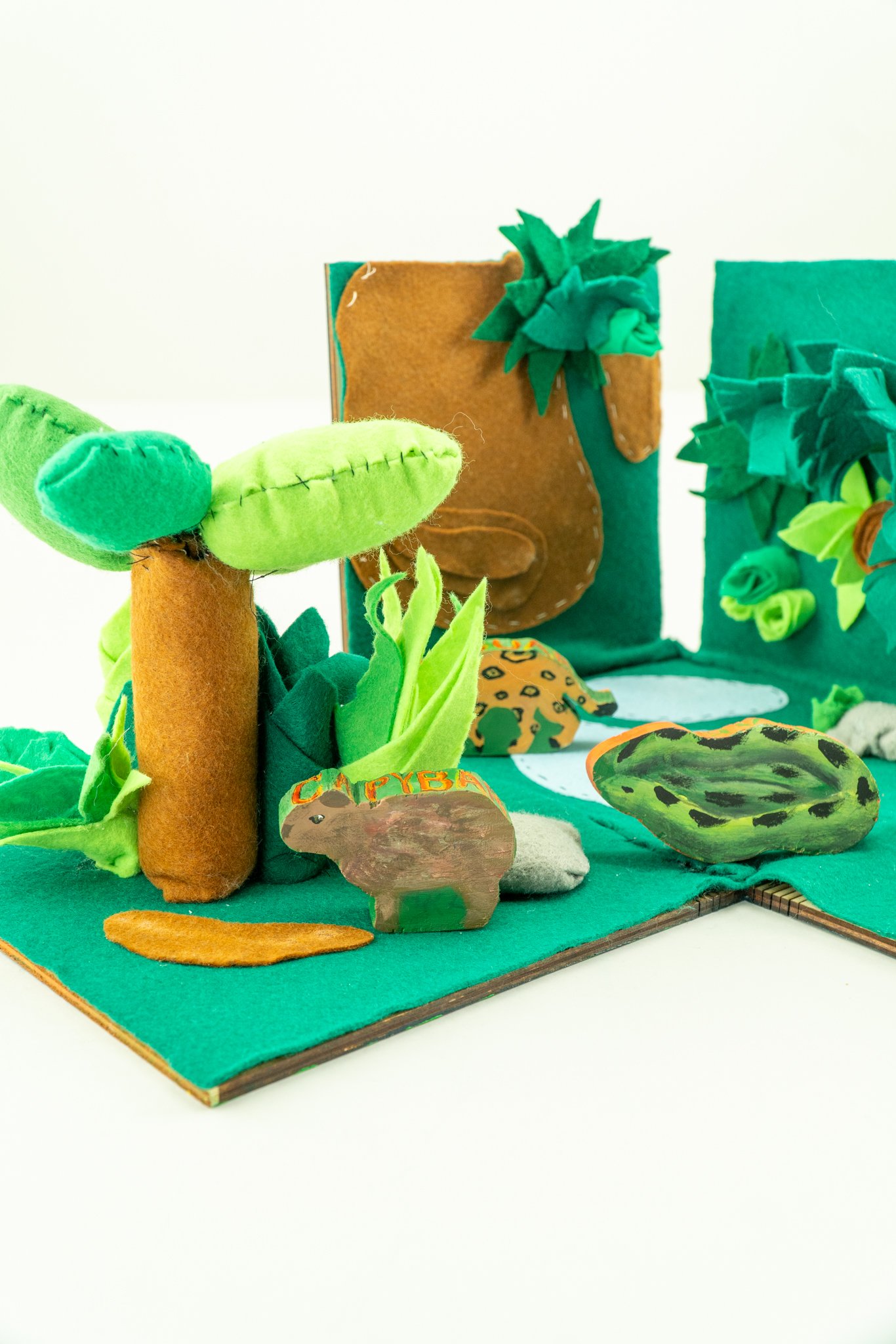
User Testing
We conducted user testing with the product to find out how our target customers would interact with the toy in its final form. Jasper, our participant in the photo, is a 2 year old who came in and served as a case study. A parent was also there to oversee jasper’s playtime with our product. We interviewed the parent on their opinion of the toy, and observed Jaspers interest levels. The testing was a success! We had lots of insightful data from Jasper and tons of positive feedback from Jasper’s parents. Not only is this a product that can do well with both passive and active forms of playtime, but it encourages creativity and playtime spent with nature and animals, rather than screen time.
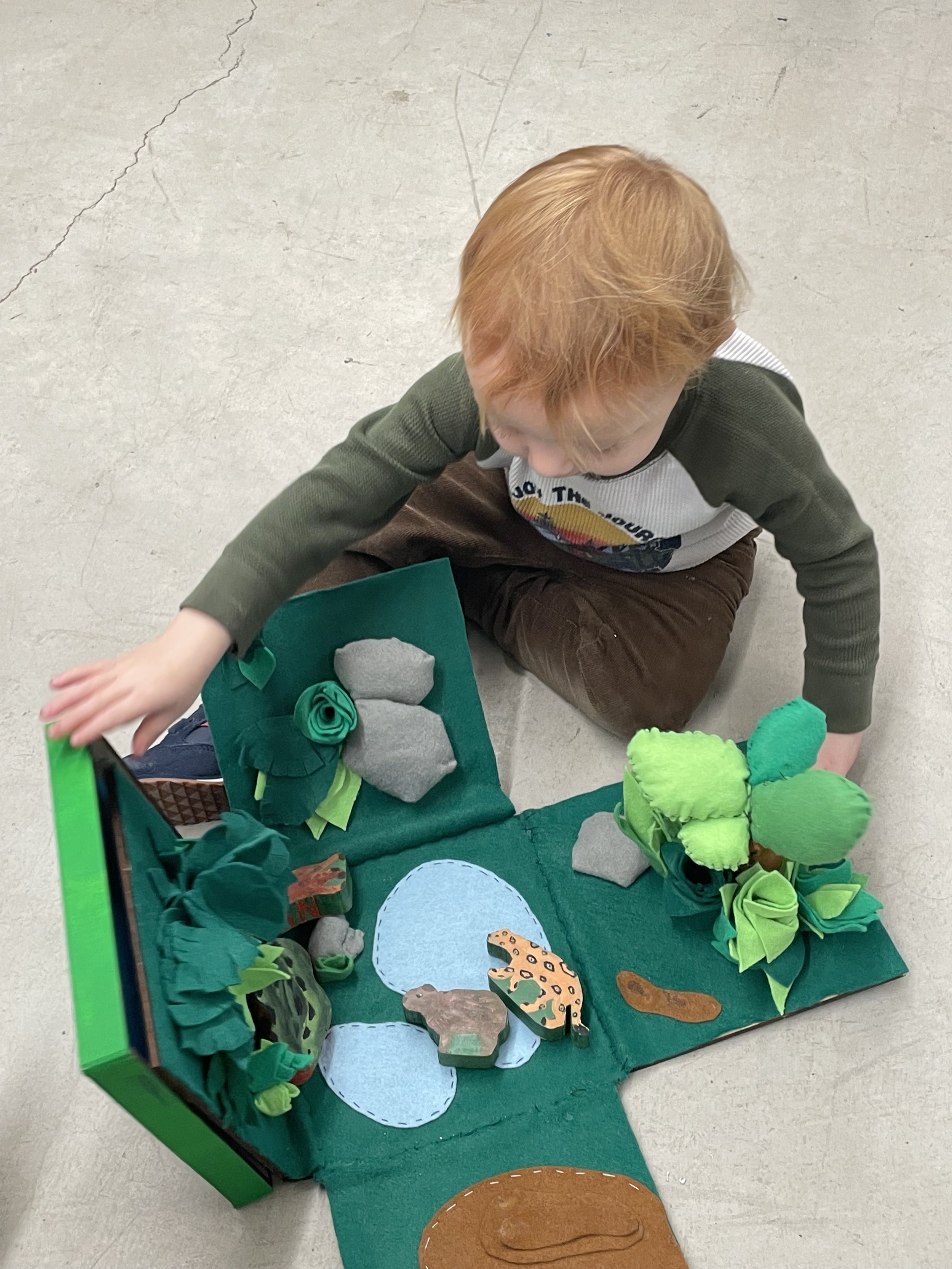
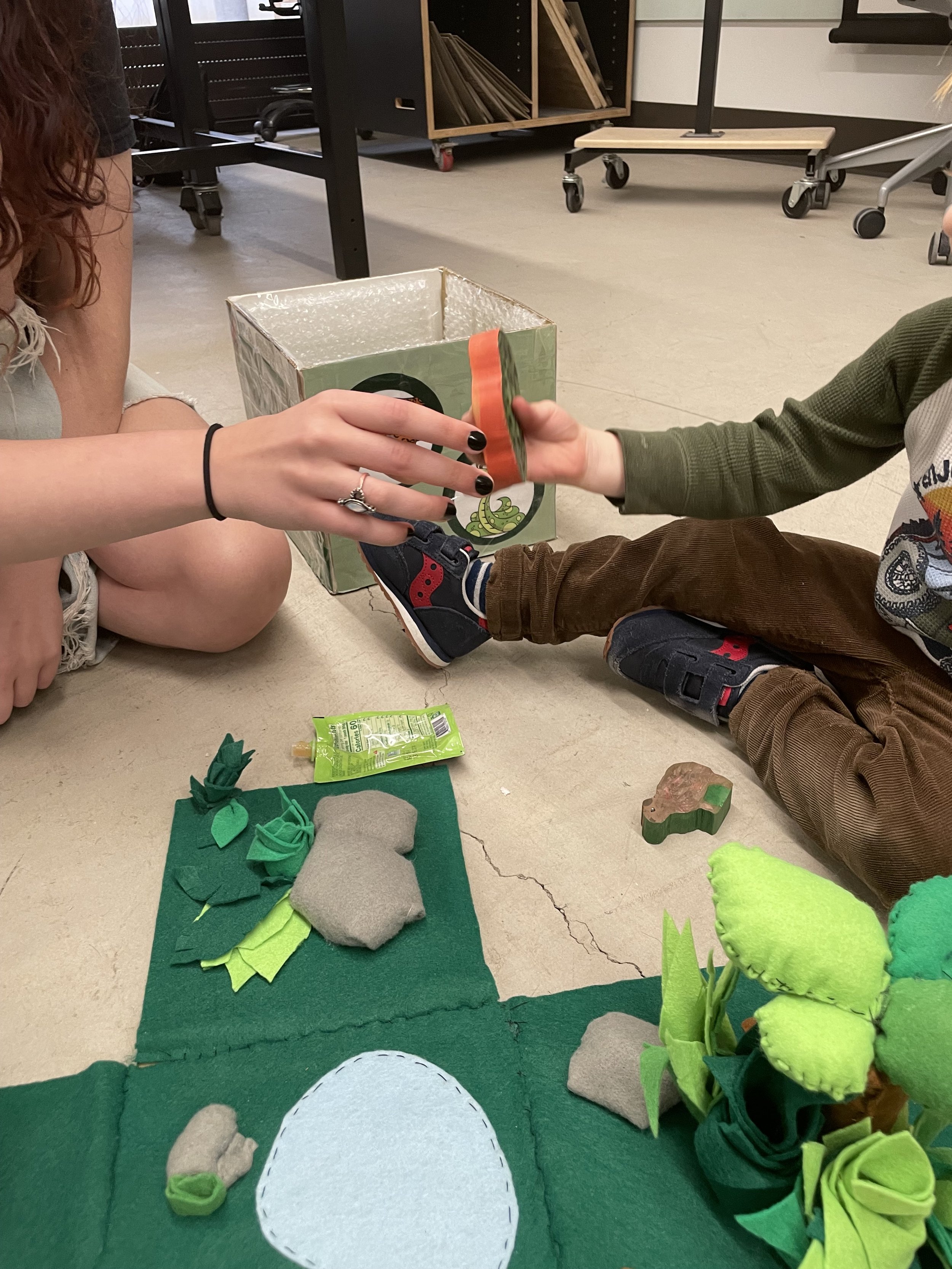

Professional Skills Gained
Product Design Research Skills
Research was conducted through a plethora of methods including Case Studies, Persona creation, Interviews, etc. Processes included both background research and exploratory research when the product itself was realized.
Branding & Identity
Branding skills are incredibly important . A company or organizations brand is its perception. Building a brand includes logo creation, picking a color palette, fonts, and it goes as far as the persona you want your brand to embody. Learning how to communicate this identity with consumers is an incredibly important skill to gain experience in.
Sketching & Ideation
Sketching and ideations skills were a big part of this project. I’ve learned techniques in creating freehand renderings, orthotic, concept, schematic, and thematic sketches. This is an incredibly important step in manifesting a product.
Incorporating Feedback
Incorporating feedback is incredibly important in the context of product design. Especially, when you are not designing for yourself. You must learn how to incorporate feedback in an effective, empathetic, yet flexible way. It is important to actively listen, and approach with the mindset of tacking the brief, not defending an idea.
Adobe Softwares & Tech
Sketches for the prototype were done on ADOBE illustrator and photoshop. Additionally, the box base itself was created with a CNC machine.
Collaboration & Communication
This was a group project, and creating a product and brand with a group comes with obstacles. You need to be able to properly communicate and share the workload. Time management and collaboration skills must be present and developed in a project like this.
